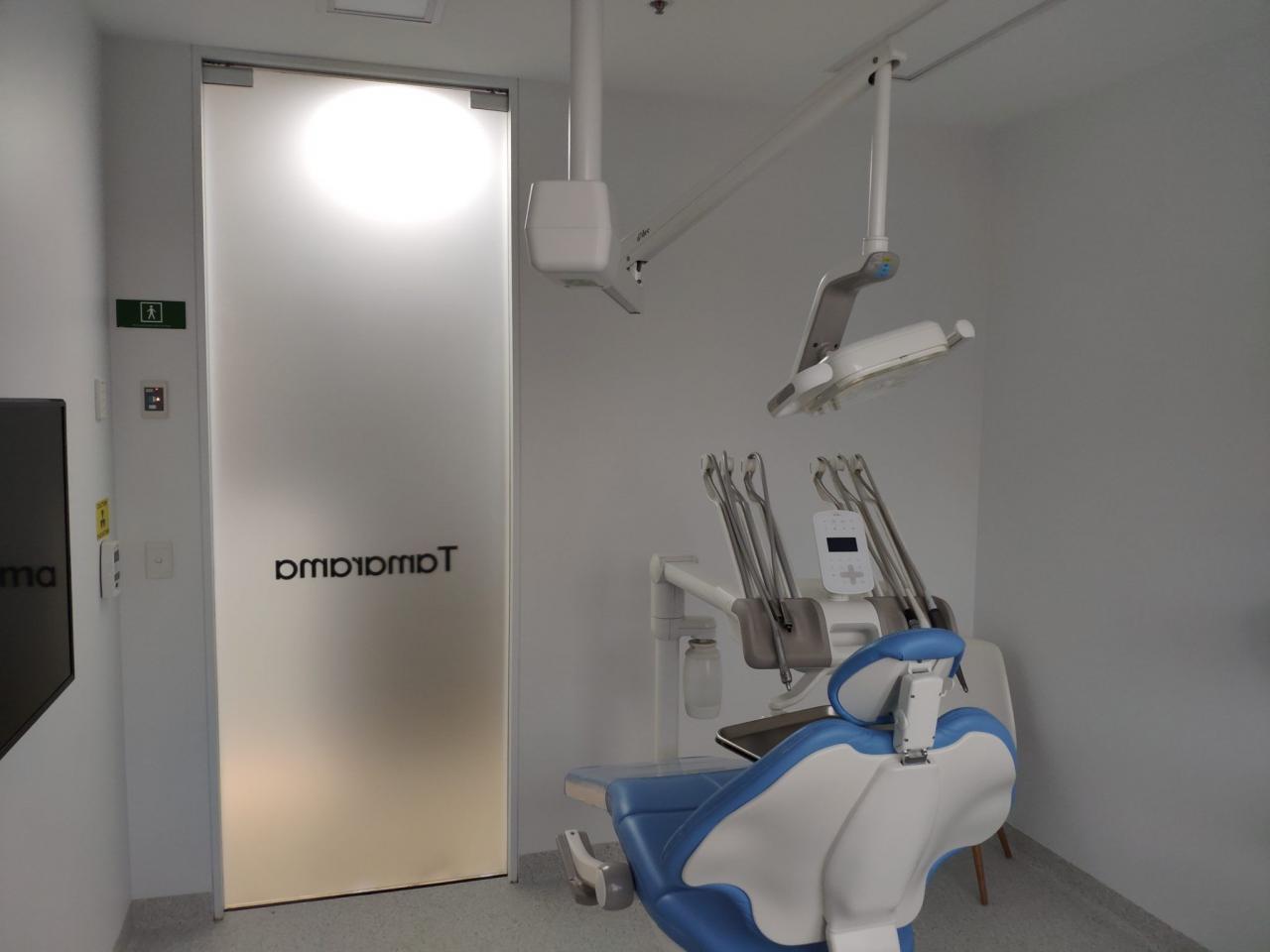The roomy villa, constructed almost entirely out of wood except for the metal roof, was a common type of home up to the start of World War 1. In the 1920s, the less formal design of the bungalow, which was characterised by lower ceilings and a greater emphasis on built-in amenities, emerged as the most popular option among local homeowners. It wasn’t until the conclusion of the Great Depression in the 1930s that the streamlined, linear aesthetics of art deco design began to emerge in architecture.
Between the decades of the 1940s and 1960s, the unique state home that is now a heritage of Australian housing was developed. The design attempted to solve the severe lack of available homes. People started seeking residences in the 1970s with an open floor plan and places that could be used for various purposes. Fast forward to the present day reveals that even now, the room remains the most sought-after quality in the next home that individuals plan to purchase. Our cavity sliding doors provide that and much more.
More Space, Interiors With A Minimalist Feeling
Traditional hinged doors take up more room than their sliding counterparts and offer fewer opportunities for the creative interior design than sliding doors. Traditional doors have a larger space need due to the opening arc, whereas sliding doors open perpendicular to the wall. People trying to save space will find that cavity sliders are great because of how they glide out of and back into the wall.
The sliding door’s sleek and understated style will appeal to individuals who subscribe to the philosophy that “less is more” and who favour the creation of minimalist rooms. Cavity doors offer smooth contours and unobstructed passageways; to blend in with the wall, they may be painted the same colour, but if you want to draw attention to themselves, you can paint them a contrasting colour.
Cavity sliding doors expand the possibilities available in studio apartments, which often have limited square footage and, thus, fewer opportunities to separate various parts of the house physically. In areas with restricted floor space, such as walk-in closets, en suite bathrooms, and utility rooms, sliding doors can be fitted. It is possible to create a bigger space for entertaining, for instance, between the dining and living rooms, using slide doors in residential living spaces. These doors also allow for more privacy when eating supper while the children watch television in the same room.
Sliding doors offer an aesthetically pleasing and streamlined entrance solution suitable for residential and commercial premises. These doors may be put in either an indoor or outdoor location.
Better Accessibility Throughout The House
In addition to maximising space and contributing to a more minimalistic design, cavity sliders can make a house more approachable. Home is supposed to be a sanctuary of relaxation and protection from the outside world. Because earlier building designs were not as stringent on access issues as newer building designs, the layout of older residences may present challenges for individuals who are elderly or who have impairments. Handrails, ramps, and lifts are just some of the housing modifications that may be installed reasonably easily in today’s world to make it easier for people to move around their homes. One of the technologies that might make it simpler for older homeowners to walk around their homes and go from one room to another is a sliding cavity door. Cavity sliding doors have firm grip handles that do not require the user to press down a handle or twist a doorknob to open them, which greatly improves the accessibility of these doors.
Free Up Space with The Right Sliding Door System
We at Premium Sliding Doors develop and produce cavity sliding door systems. These cavity sliding door systems are meant to make the house more accessible while freeing up home space. We personalise the designs to fulfil any requirement and finish tasks within the period discussed beforehand.


